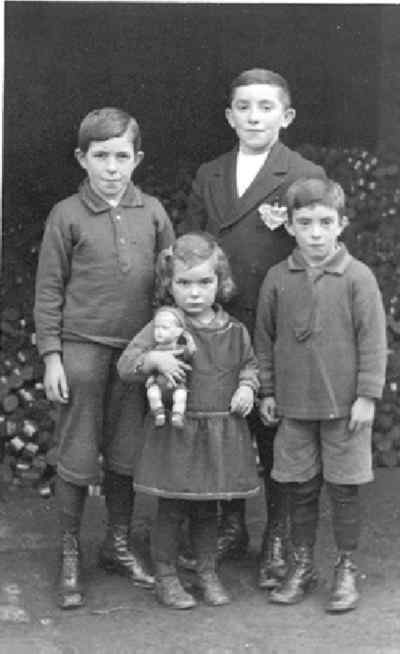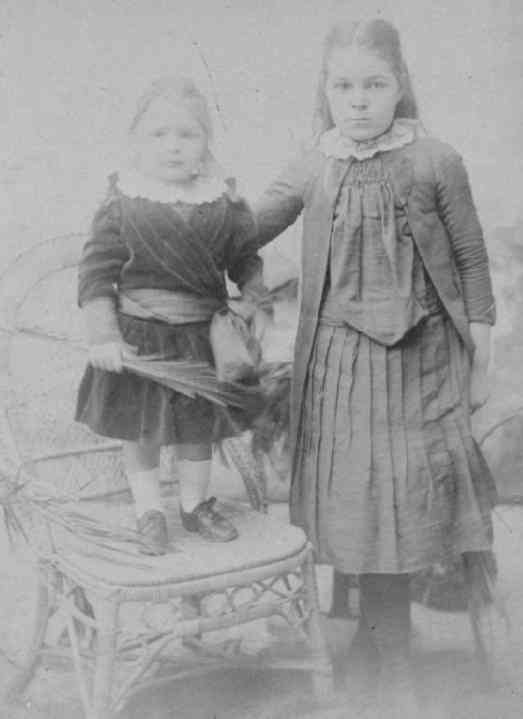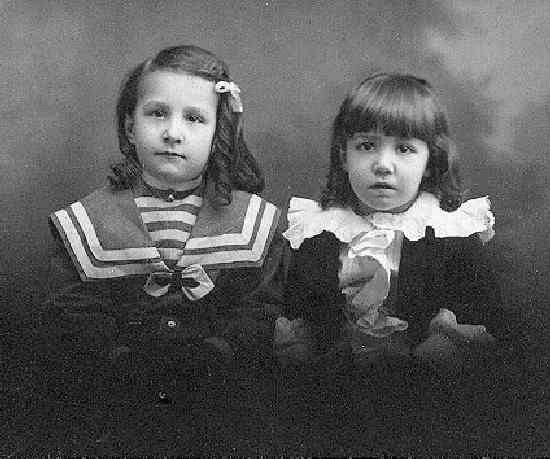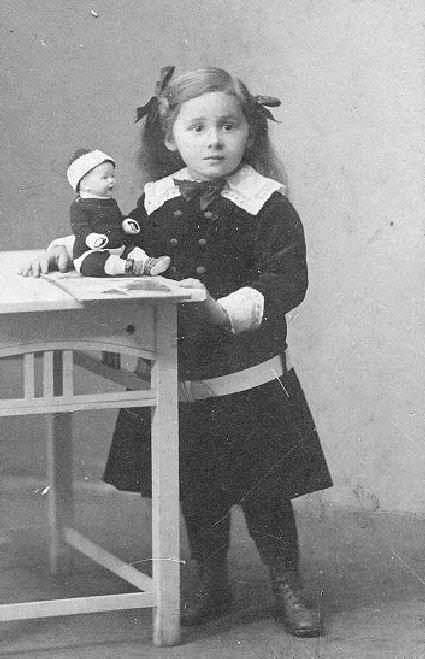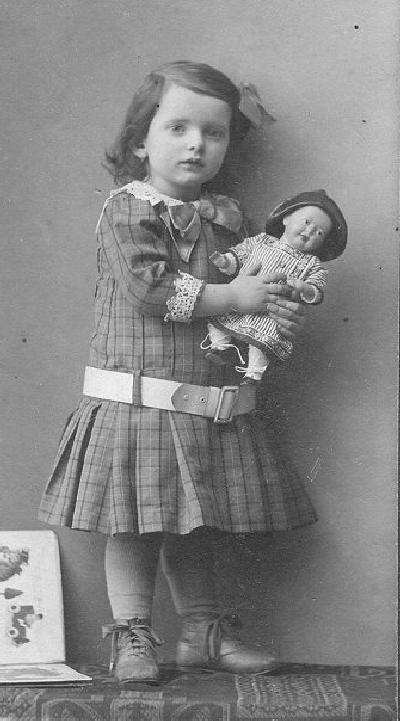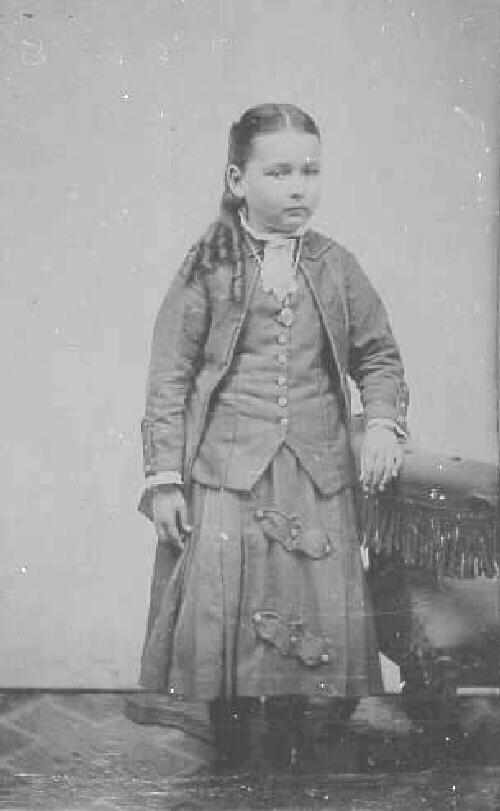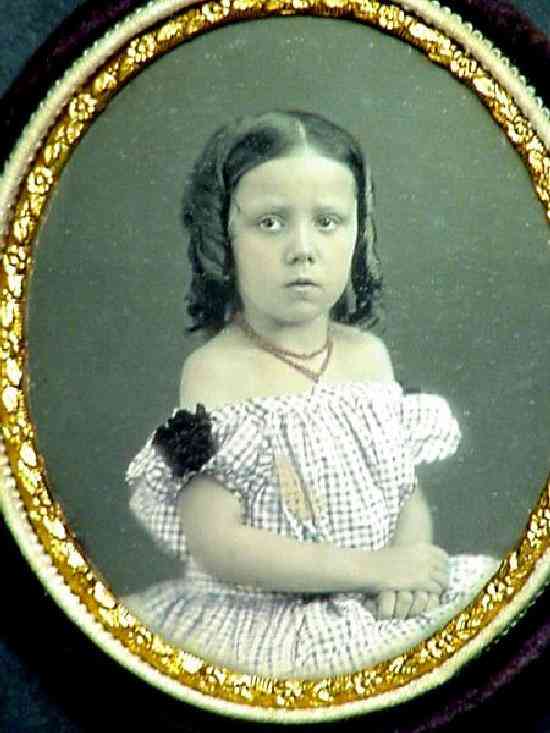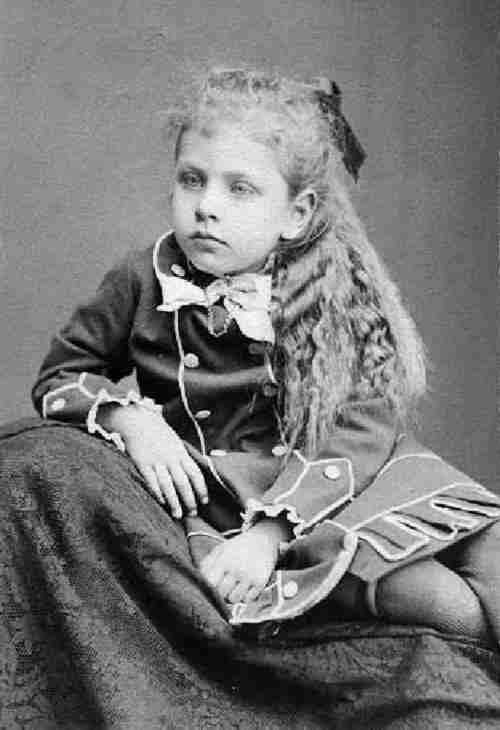
Figure 17.--HBC is not sure about this image. The date is about 1870. Certainly the hair style suggests a girl. However the child's outfit is rather plain and looks more like a kilt suit that a boy would have worn. Click on the image for a fuller discussion.

